How to prepare for your first gravel bike event
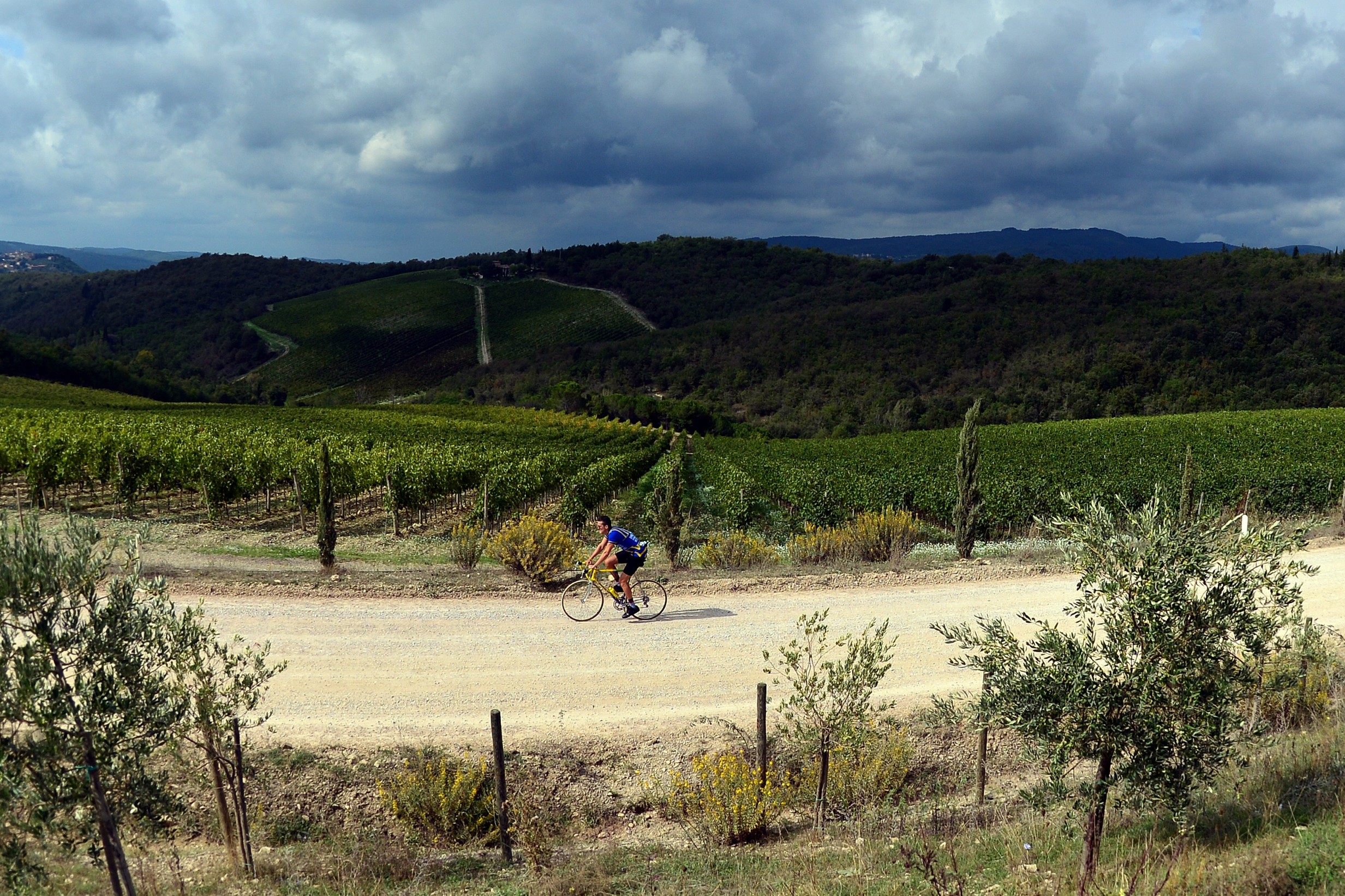
Gravel riding’s popularity has been forged in no small part by gravel races.
Since the mid-2000s there have been a series of US-based events that have played an integral role in the development of the scene - and the range of events is growing elsewhere too, with the UK holding a British National Championships in 2020.
Races such as the DK200, Almanzo 100 and Trans Iowa didn’t just enable cyclists to compete, they allowed them to share ideas, debate equipment and strategy.
>>> Should your next bike be a gravel bike?
Together with other races, they have helped grow a worldwide network of dedicated enthusiasts, cementing gravel riding’s place within the wider world of cycling.
Gravel race styles
Gravel bike riding is an expansive term. It can consist of hard-packed dirt, muddy trails, technical singletrack, winding forestry trails and fire roads. Even sand bogs and jeep tracks.
Gravel races are no different. They take place across a multitude of surfaces, and you'll find races that incorporate long sections of paved roads and some with none at all.
There are races that pack in several thousand feet of climbing and those that are much flatter. There are those aimed at pushing riders to their limit, combining harsh conditions and climates with long distances to test even the toughest of adventurers, while others choose to celebrate participation and having a good time.
>>> Why are road cyclists riding gravel bikes when hardtails could be faster?
How to choose a race
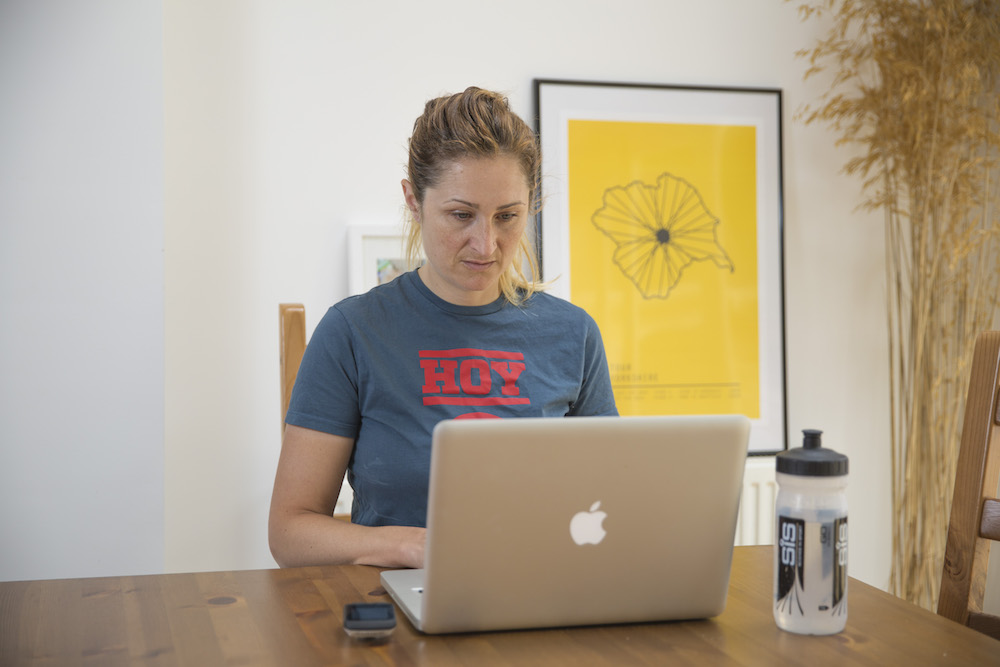
Once you’ve decided you want to race on gravel, your first steps are to choose and then enter an event. We recommend choosing ahead of time so you can prepare specifically for the conditions.
Knowing the distance, terrain and potential weather allows you to dial in all aspects of your pre-race prep, helping to lessen the chance of any unpleasant mid-race surprises.
>>> These are the best gravel bikes on the market right now
Choosing your first gravel race, you’ll need to consider your previous experience across all forms of cycling.
By pairing your riding experience with a suitable race you’ll be far more likely to enjoy it.
If you’re entirely new to racing it’s best to start with an event that you’re pretty sure you’ll be able to complete without pushing yourself to the edge. Selecting an event on familiar terrain is also a smart move for your first foray into gravel racing.
Bike set-up
Honing your bike set-up ahead of the race is a must. Your training rides are as much a chance to test your equipment, get comfortable and to experiment in a few key areas of the bike, as they are building fitness.
Remember, it’s far better to make gear and kit mistakes during training - just so long as you learn from them.
Tyres

Gravel riders like to nerd out on tyres. The industry’s fully-fledged embrace of all things gravel has created a slew of tyre brands and an extensive range of options.
Your key considerations ahead of your race will be tyre width and tread pattern. Again you’ll want to match these to your specific event to achieve the optimum balance of performance and comfort.
If you know that your route contains several long paved sections you’ll need to consider rolling resistance. A fast-rolling slick in a 700c x 35mm size would be a good match for these conditions.
A race that takes place across miles of rolling hard packed gravel is going to call for a tyre that delivers some grip without feeling like you’re riding through molasses. Once again, a narrower slick - perhaps with the addition of some outer knobs - that minimises rolling resistance is probably going to be your tyre of choice.
If your gravel event incorporates plenty of rough terrain - loose gravel, larger rocks, perhaps some technical sections - then you’ll need to place a greater emphasis on traction and comfort.
Likewise if your chosen event is known for wet and muddy conditions, switching to a wider tire with an aggressive tread pattern will provide greater volume and grip. A 700 x 42mm or even a 650b x 47mm is a size we'd advise on.
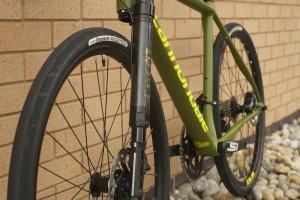
Going tubeless
Most gravel bikes now come with tubeless-ready rims and tyres. If you haven’t already made the switch, we think it won't be long before you do.
Even the mellower gravel races will likely take you to some pretty isolated spots. This places a greater emphasis on self-sufficiency.
Having a tubeless set-up on race day offers you peace of mind, knowing that a puncture out on the road should be taken care of by the sealant.
You’ll also want to bring a plug that is designed to fill holes in a tyre, just in case the sealant fails. Always carry it in an easily accessible place - a jersey pocket is a safe bet.
The other significant benefit of tubeless tyres on your gravel bike is that it allows you to run them at lower pressures. Lower pressure means increased comfort and traction.
Both of these are key considerations for any gravel racer no matter their level of race experience. Experiment with different pressures on different surfaces to find out what works best.
Pedals
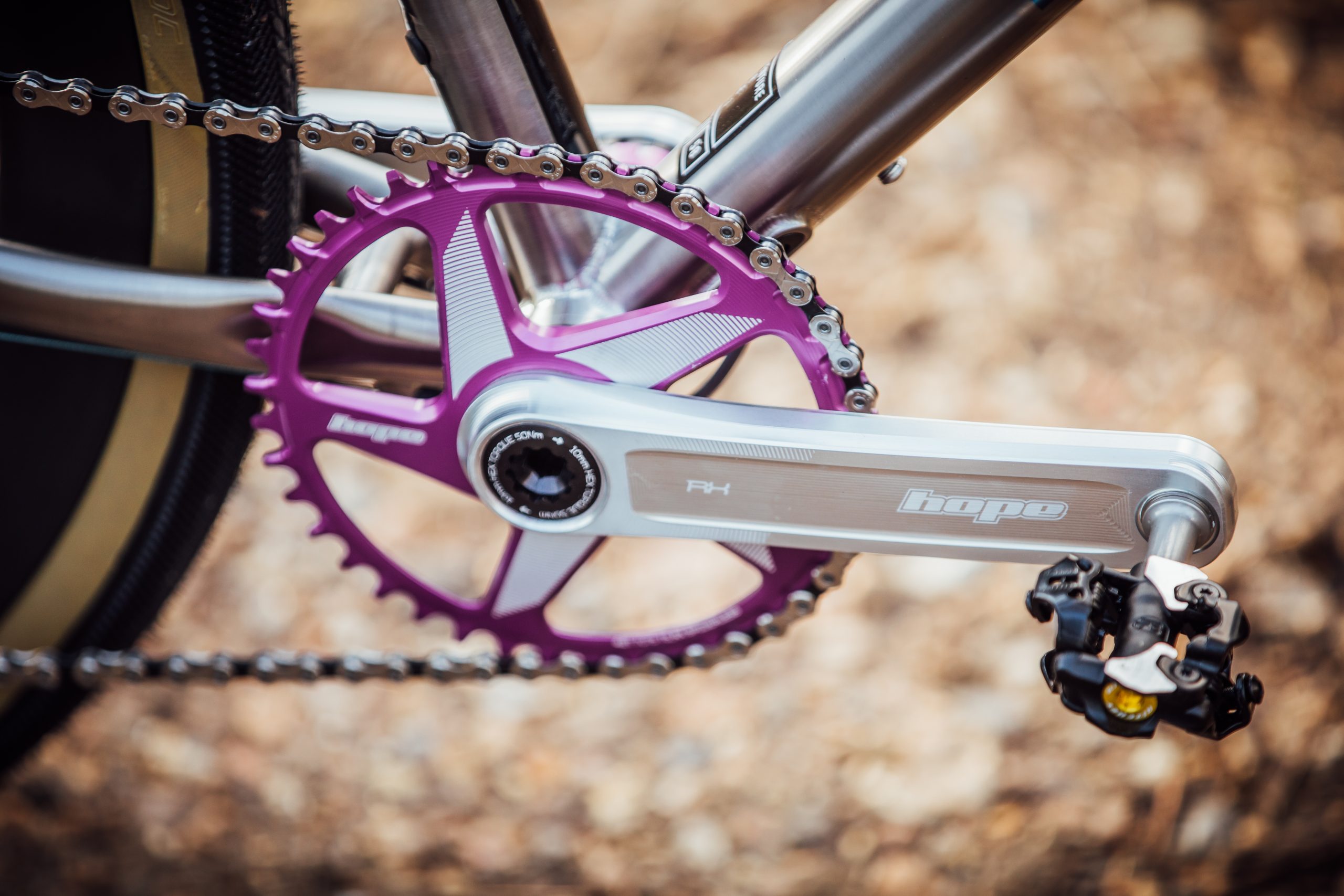
Choosing your race day pedal is again dictated by the race and its conditions. Sound familiar?
If the route is a combination of compacted gravel roads with some linking sections of asphalt then you can probably just run your regular road pedal.
However if you’re going to be riding through mud, crossing rivers, or pushing your bike up steep, rocky technical sections then you’re going to need a mountain bike pedal that’s designed to re-engage with ease, even when your cleats get clogged up with dirt.
Gearing
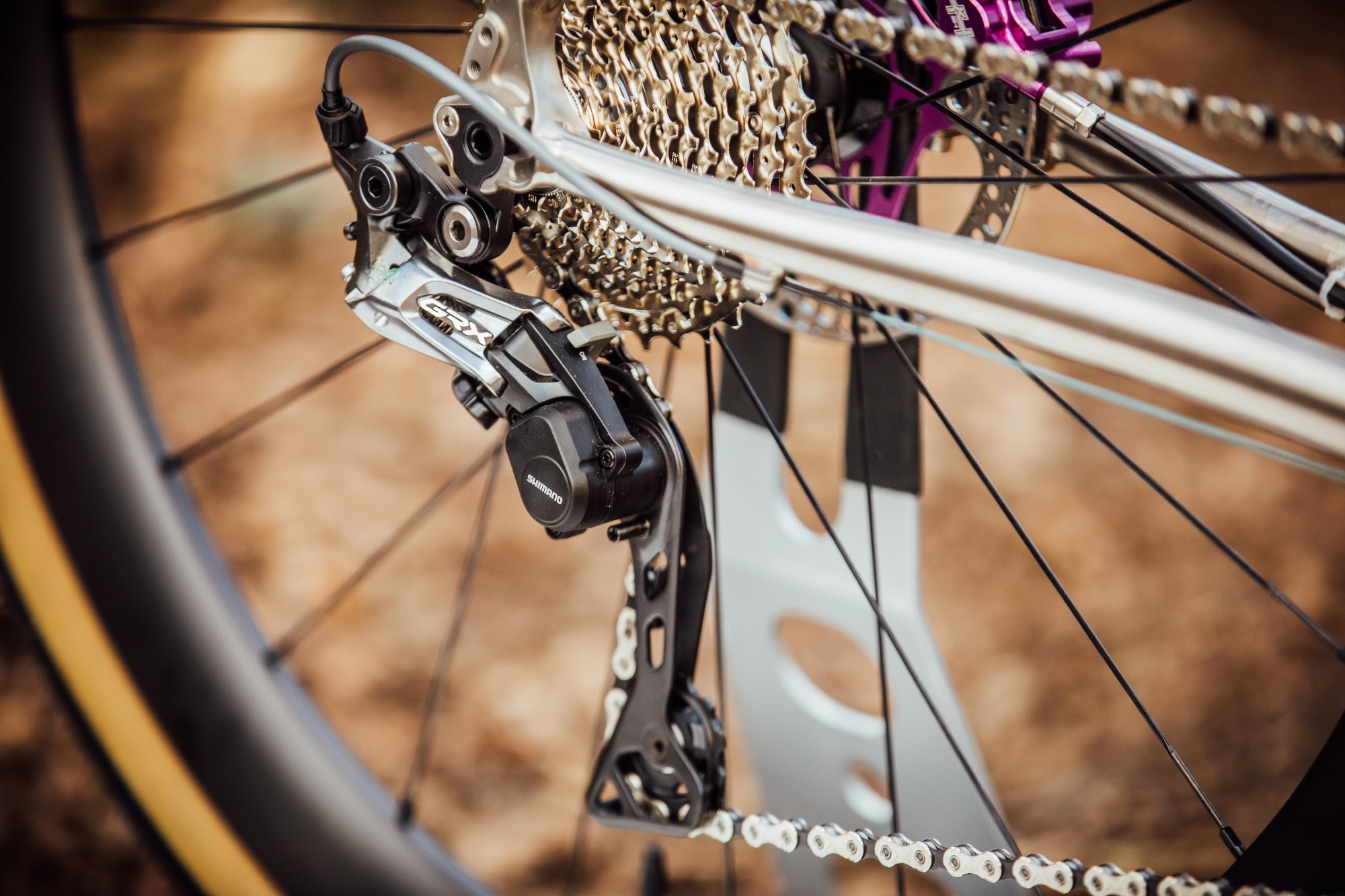
Whether you favour a 1x or 2x set-up, you’ll need to match your gravel bike’s gearing to the race.
A flatter race ridden at higher speeds will probably necessitate that you run a closer ratio cassette that has smaller jumps between the gears.
However many gravel races combine long distances with undulating terrain. Throw in the grit, rocks and mud and you’re going to want to have a gearing range that will allow you to get up the steep stuff as well as enable you to still comfortably turn those pedals late in the race when you’re well in the red. Spin to win is probably a sensible motto for your first gravel race so make sure you’re not over-geared.
Having a low gear that provides at least a 1:1 ratio is a good starting point. If you’re running a 1x that’s a 42t chainring matched to a 42t cassette. A race at altitude or one with a significant amount of climbing may call for even something lower.
Clothing
Comfort is a recurring theme when it comes to preparing for your first gravel race. And it’s no different with your clothing choices.
Like any long day on the bike you’ll need to prepare for the expected weather conditions while also making sure you don’t get caught out.
A good pair of bib-shorts with a tried-and-tested pad is essential. A race like the DK200 will see you in the saddle for well over 10 hours and even in a much shorter event you’ll want to be happy in the saddle.
Likewise a reliable baselayer paired with a comfortable jersey is vital. Weather conditions will largely dictate your choices here but a full-zip jersey is worth considering as it accommodates your changing body temperature throughout a long race.
A jersey with a windstopper panel could also be a smart choice for a long day on the bike.
Elsewhere, you’ll require a vest or jacket to combat the wind and cold. Arm and legs warmers are also a consideration if you’re tackling a long race that will see you starting early and finishing late.
Gloves and shoes - two of your contact points - also demand your attention. Ultimately, trying a number of clothing combinations during your training is the best way to ensure that you’re dressed for success come race day.
Other considerations
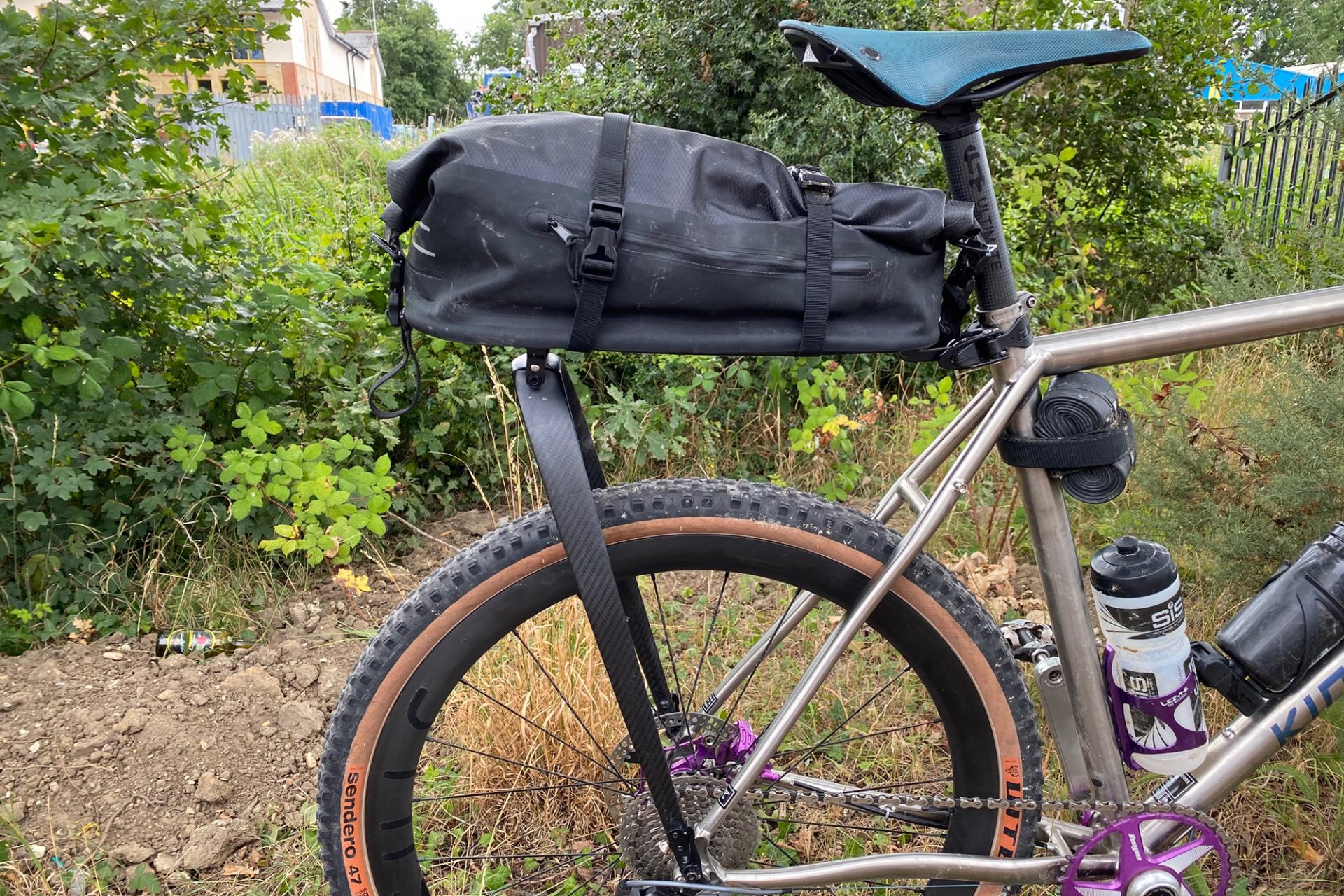
We’ve already touched on the self-sufficient nature of gravel races. As well as your dynaplug you’ll need to carry a tool kit that includes a multi-tool with a chain breaker, quick links, tire levers, a spare tube and either a pump or Co2 inflator and cartridges. A few zip ties of varying lengths are also worth popping into your saddle bag.
Make sure to carry enough food and liquids, in despite of the fact that your race will usually have a number of designated fuel stations.
If the race short, stuff them into your jersey pockets. But if it's a long day out, maybe a frame bag is better suited. Playing around with your options on pre-race rides will allow you to decide on the best set-up for your gravel race.

Thank you for reading 20 articles this month* Join now for unlimited access
Enjoy your first month for just £1 / $1 / €1
*Read 5 free articles per month without a subscription

Join now for unlimited access
Try first month for just £1 / $1 / €1
Get The Leadout Newsletter
The latest race content, interviews, features, reviews and expert buying guides, direct to your inbox!
Luke Friend has worked as a writer, editor and copywriter for twenty five years. Across books, magazines and websites, he's covered a broad range of topics for a range of clients including Major League Baseball, the National Trust and the NHS. He has an MA in Professional Writing from Falmouth University and is a qualified bicycle mechanic. He has been a cycling enthusiast from an early age, partly due to watching the Tour de France on TV. He's a keen follower of bike racing to this day as well as a regular road and gravel rider.
-
 'This race is absolutely disgusting': Peloton reacts to another brutal Paris-Roubaix Femmes
'This race is absolutely disgusting': Peloton reacts to another brutal Paris-Roubaix FemmesNow in its fifth edition, Paris-Roubaix Femmes is still a tough race, even for the best bike riders in the world
By Adam Becket Published
-
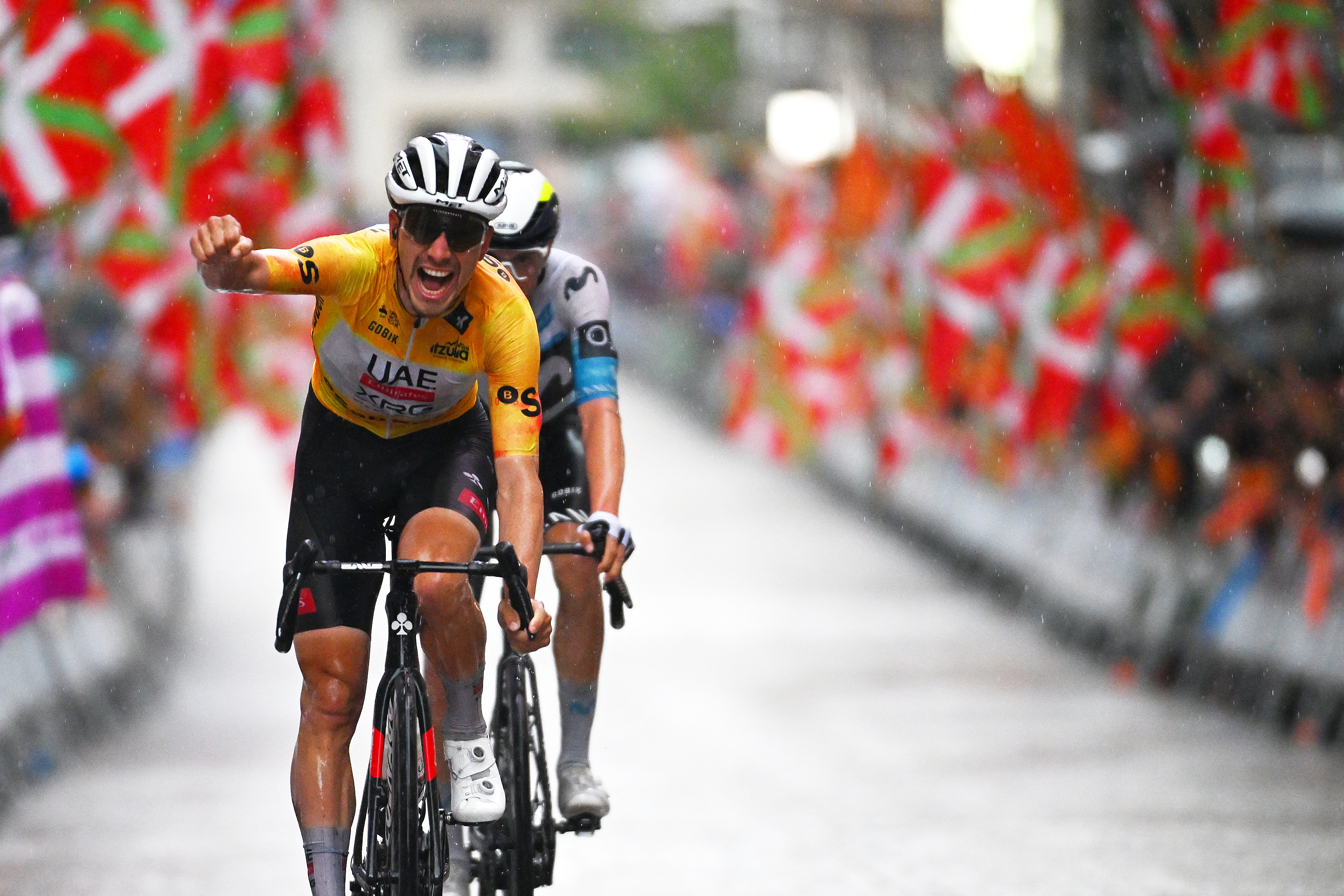 ‘It’s the biggest win of my career’ says João Almeida after crushing Itzulia Basque Country success
‘It’s the biggest win of my career’ says João Almeida after crushing Itzulia Basque Country successUAE rider wins the final stage to finish almost two minutes clear of Enric Mas on GC, with Max Schachmann in third
By Peter Cossins Published